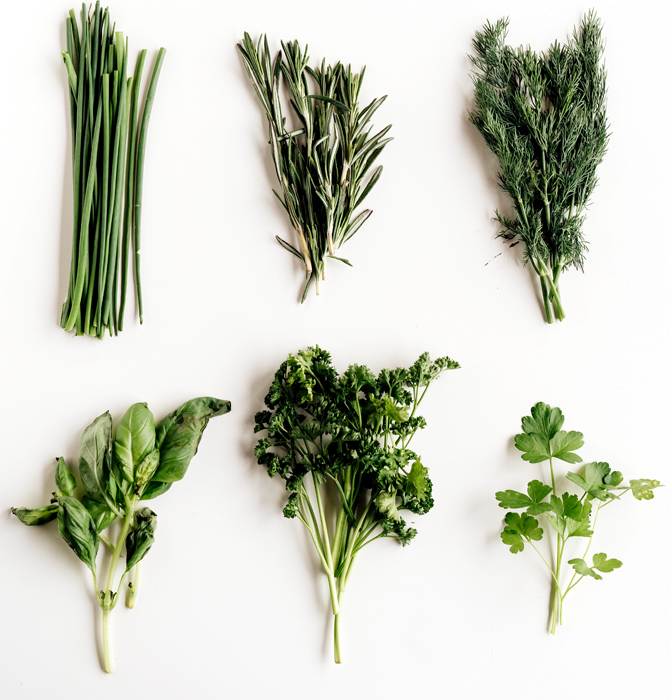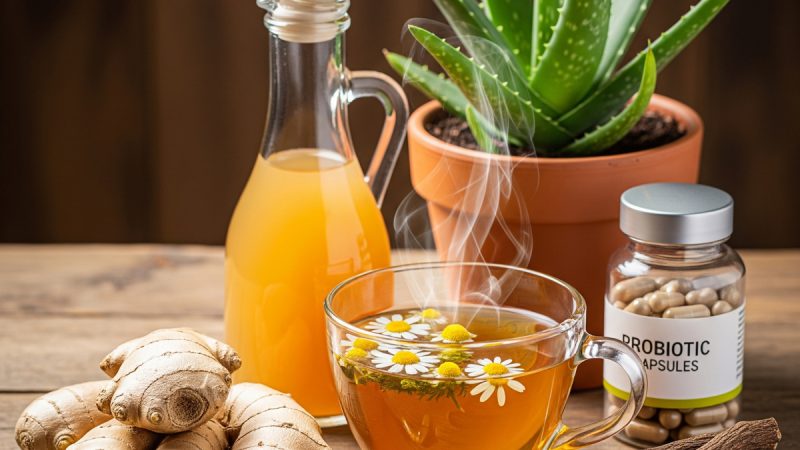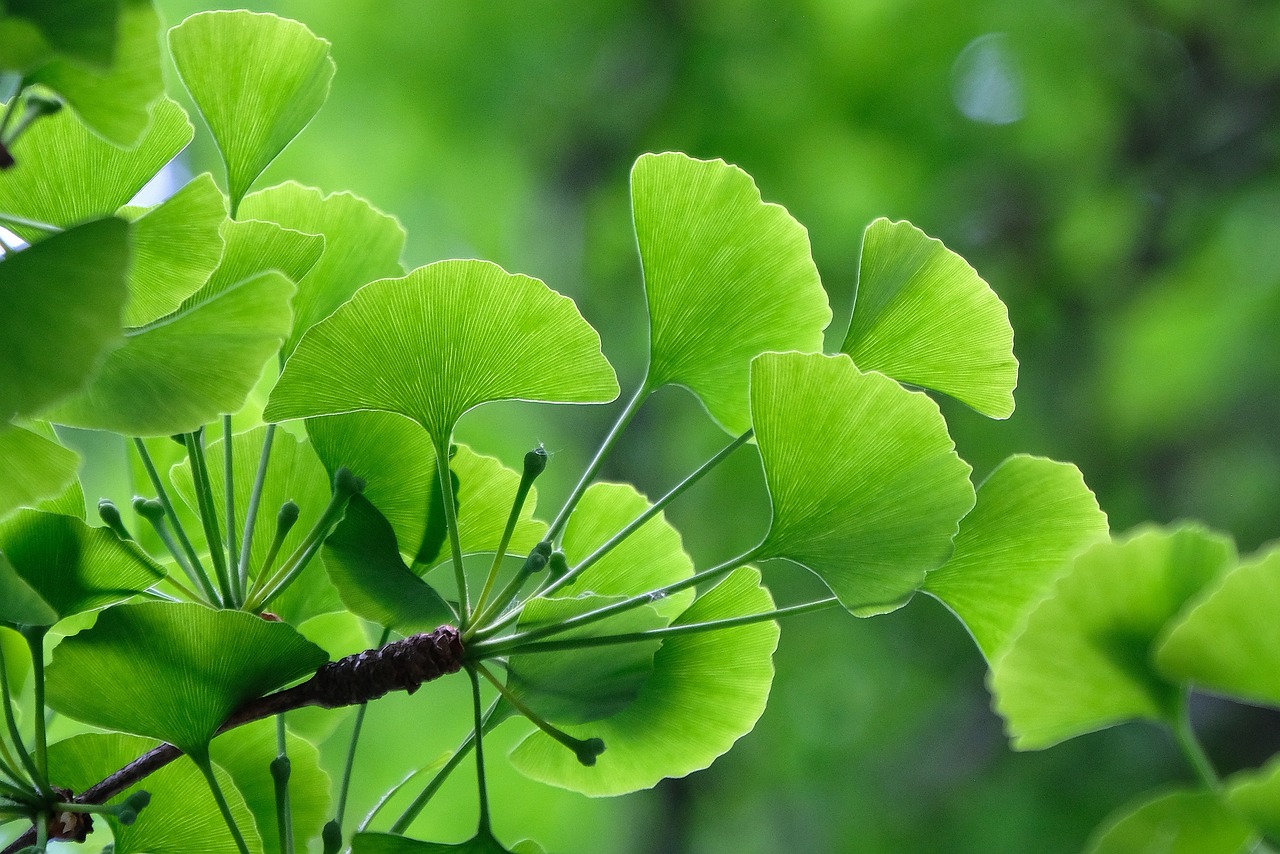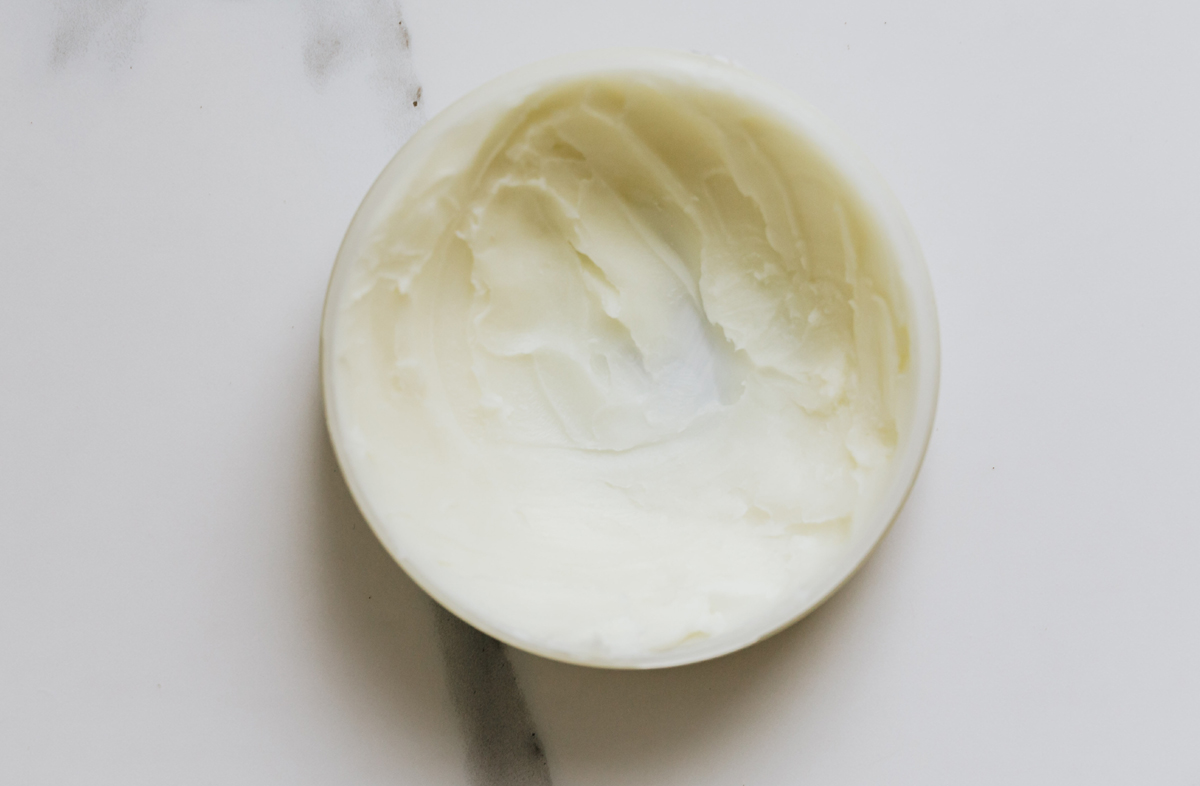Homemade Herbal Oils

Making your own herbal-infused oils can be a rewarding and satisfying experience. Not only do you know exactly what your oil will contain and the quality of these ingredients (unlike many ‘off-the-shelf’ products) but you can choose what to put in your oil, depending on what you want to use it for – and create your own personal blends.
Herbal Oils can be used to condition and enrich hair; or as a luxurious bath oil; or as a fragrant and healing massage oil or natural moisturizer; or as an ingredient for balms and ointments. There are two main methods for producing your herbal oils – a cold method and a hot method. The hot method is mainly for tough herbs, bark, roots and seeds, whilst the cold method is a slower infused method suitable for delicate petals.
Herbal Oil – Cold Method
Place your chosen herb / petals (see below) into a clean glass jar and fill up with a suitable carrier oil (olive oil, almond oil or grapeseed oil for example). The oil level needs to be higher than the herb level so that the herb is completely covered (to help prevent the herbs from going mouldy). Place the lid on the jar, shake the mixture gently and place in a warm, sunny place to infuse for about a fortnight. Shake gently daily. Strain the oil and if you would like a stronger oil, fill the jar with a new batch of petals and re-use the infused oil. Leave for another fortnight, shaking daily and then re-strain and check the quality and strength of your oil. Pour into a clean glass bottle and store in a cool, dark place.
Herbal Oil – Hot Method
- 1/2 pint Olive Oil
- 2 – 3 oz dried Herb
Find a glass bowl which can be placed comfortably in a saucepan without touching the base of the pan. Pour enough water into the saucepan so that the water touches the glass bowl, but does not come over the sides of the bowl (you’re creating a water-bath type of set up).
Place the olive oil and herbs into the glass bowl and place the saucepan (with bowl and oil and herbs) over a medium heat. The idea is to simmer the water in the saucepan so that this warms the oil. Simmer for 2 to 3 hours, checking regularly to ensure that the water level is ok. Never allow the saucepan to boil dry! This may burn the oil and herb mixture (as well as ruin your saucepan!) and a burnt oil mixture is useless.
The oil will take on the fragrance of the herbs as they infuse and will change colour – if you do not find the resulting infusion strong enough after the first 2 – 3 hours you may strain and re-use the oil with a new batch of dried herbs, simmering for a further 2 – 3 hours as desired. I generally find that one infusion is sufficient.
To strain the oil use a muslin cloth or suitable fine mesh strainer, with a clean glass jug underneath to catch the strained oil. Ensure that all the plant material is removed from the oil and pour into a clean glass bottle.
If you use fresh herbs you may find that the resulting oil is layered – with a watery (possibly greenish) layer of oil at the bottom – this watery layer needs to be separated and discarded otherwise your oil will spoil quickly. For this reason it is more desirable to use dried herbs.
Olive Oil is my preferred choice for herbal infusions as it does not deteriorate from being heated, has a long shelf-life, and is less likely to go rancid. Your infusions should last for about a year – stored in a clean, dark glass bottle or jar (and out of direct sunlight in a cool place).
Herb Choices : The Hot Herbal Oil method is best suited to tough herbs, such as rosemary, and roots, bark and seeds. That being said, more delicate materials, such as rose petals, could be used but I would suggest keeping the heat lower and checking the strength after an hour – it may be wise to then strain and re-use the oil with a new batch of dried petals. The condition of the petals after an hour will tell you – if they are still fairly colourful keep going, but if they are lacking colour then use a new batch. A few of my favourite herbs for oil infusions :
Calendula (Marigold) – useful for a hair oil for red hair, also makes a soothing oil for irritated skin – ideal for a nipple ointment for breastfeeding mothers (wipe nipple clean before breastfeeding though). Combines well with Chamomile – another skin caring herb, also good as a hair oil for blonde hair.
Comfrey – a soothing oil for stiff and aching joints – particularly good for helping to heal small fractures, damaged ligaments and tendons. Do not use on open wounds.
Lavender – the familiar, soothing fragrance of Lavender is ideal for a relaxing, calming oil. Ideal for a bedtime bath or massage oil.
Nettle – another herbal hair friend, good as a general hair oil, also makes for a soothing oil for irritated skin.
Parsley – Ideal addition to a herbal hair oil for remedying thin or falling hair.
Rose – a delicately fragranced oil, soothing for the emotions and good for dry or mature skin.
Rosemary – excellent choice for a hair oil (for dark hair) – will condition hair and nourish the scalp; Rosemary also makes a wonderfully soothing massage oil for muscular aches and pains and bruises. Also helps deter mosquitoes.
Sage – another excellent choice for a hair oil – again dark hair, especially grey. Also useful for remedying dandruff.
A resin, such as Frankincense or Benzoin, or powdered Orris Root can be added with the herbs and oil – these will of course impart their medicinal and aromatic properties to the blend and will also act as a fixative for the fragrance and work as a natural preservative.
Your infused oil can be blended with other carrier oils once finished – you may find olive oil too heavy an oil for general skin use, for a smoother massage oil try half infused oil and half almond oil. For a hair oil you may like to add jojoba to the infused oil – then warm the oil (place the bottle in a cup containing boiled water and leave for about 5 minutes – always test a little of the oil on your hand before use to check the temperature!) and apply liberally from roots to tip. Wrap a warm towel around your hair to keep in the heat and relax for at least half an hour. Shampoo and wash out – oil can be stubborn to shift, but fresh lemon juice and water will shift it in no time, and will leave your hair smelling fresh and looking great! (Lemon also adds a shine to hair and enhances highlights).
Infused Oils can also be blended with essential oils (you will need to use less drops of essential oil in an infused oil than a plain carrier oil), or used as an ingredient for other preparations – such as an ointment :
Herbal Ointment
- 1/2 pint of Herbal Infused Oil
- 1oz Beeswax – grated*
Set up a water-bath with a glass bowl suspended in a saucepan of water and add the infused oil and beeswax to the glass bowl. Simmer until the wax is melted. Remove from the heat and allow to cool slightly before pouring into sterile clean glass jars, filling to within 1/2 inch of the top. As the ointment sets it will leave a dip in the middle. Reserve a little of the ointment to top up the jars – reheating to a pourable consistency.
If you wish to include essential oils add them just before you take the ointment off the heat and stir in well. You will only need a few drops.
*(Solid) Cocoa Butter could be used instead of the Beeswax. To produce different consistencies alter the ratio of oil to beeswax/cocoa butter – more oil and less beeswax/cocoa butter = a cream / moisturizing lotion, and more beeswax/cocoa butter with less oil = balm / more solid ointment.
The Author:
Gillie Whitewolf runs Gaia’s Garden, a place to explore the world of herbs and the natural magic of mother earth. Visit the Gaia’s Garden Shop for organic herbs, spices and resins, quality oils, the Gaia’s Garden range of herbal and aromatherapeutic products, meditation music, art and crafts and much more… http://www.gaias-garden.co.uk
Photo. Alleksana








